On a Safari: Animal Crafting Adventures for Kids
Welcome to an exhilarating journey filled with creativity and imagination! In this article, we delve into the world of animal crafting adventures for kids, inspired by the wonders of a safari. Imagine the thrill of spotting a majestic lion or a playful monkey while crafting your very own safari animals! These activities not only spark creativity but also help children develop a deeper understanding of wildlife. Through fun and engaging projects, kids can create their own mini safari right at home, fostering a love for nature and animals.
The beauty of safari-themed crafts lies in their ability to transform ordinary materials into extraordinary creations. Whether it’s a colorful paper plate lion or a cardboard box safari vehicle, each project invites children to explore their artistic side while learning about the amazing creatures that roam the savannah. So, roll up your sleeves and get ready to embark on an adventure that will not only entertain but also educate!
As we journey through this article, we will uncover a variety of crafting ideas that are perfect for children of all ages. From using recyclable materials to incorporating natural elements found outdoors, these projects are designed to be both fun and enriching. So, gather your supplies and let the crafting safari begin!
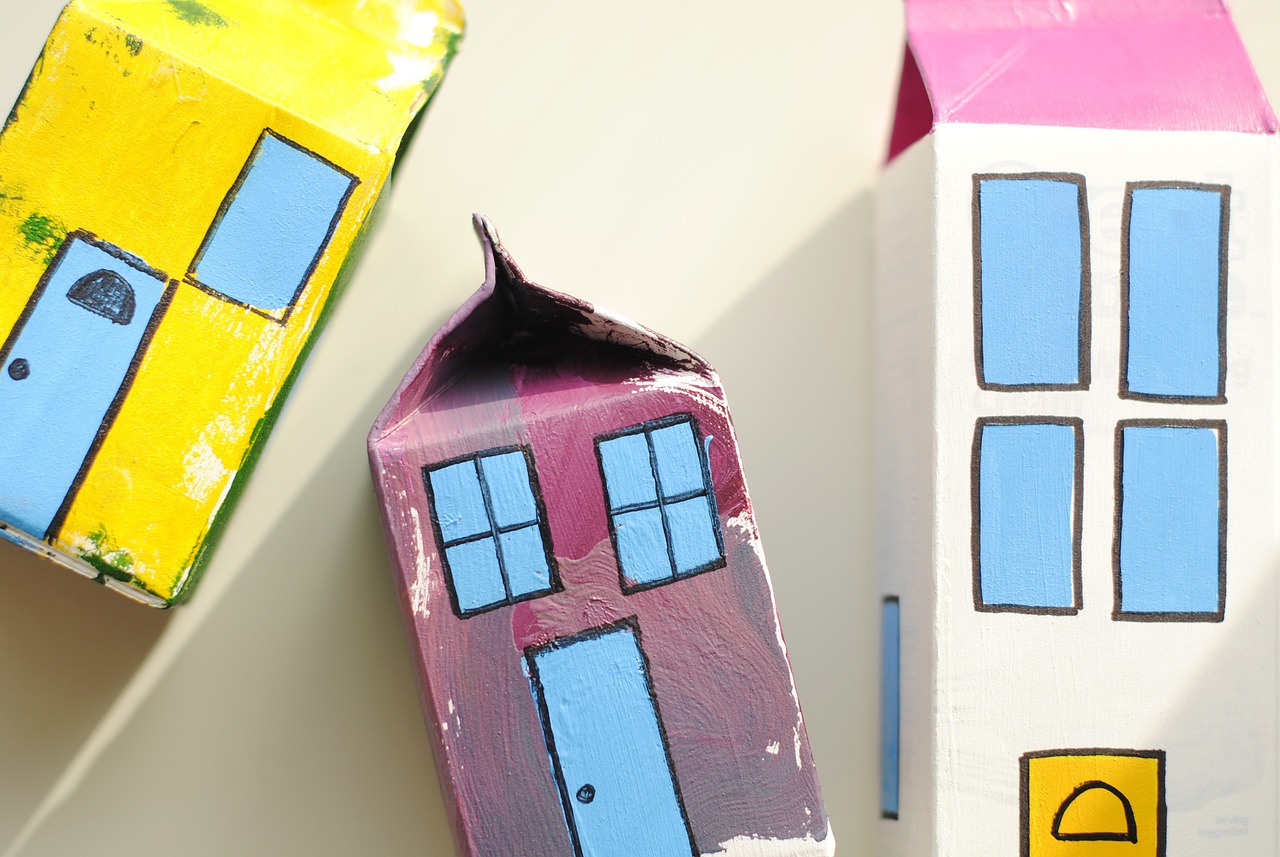
Introduction to Safari Crafts
Have you ever imagined what it would be like to venture into the wild, surrounded by majestic animals and vibrant landscapes? Well, you don't need to pack your bags and hop on a plane to Africa to experience the thrill of a safari! Instead, you can bring the excitement right into your home through the wonderful world of safari crafts. These engaging activities not only spark creativity but also help children develop a deeper understanding of wildlife and nature.
Safari-themed crafts are more than just fun; they serve a significant educational purpose. By engaging in these hands-on projects, kids can learn about different animals, their habitats, and the importance of conservation. Imagine your little one creating a colorful lion mask or a playful elephant from recycled materials! These crafts can ignite a passion for wildlife and inspire a sense of responsibility toward our planet.
Moreover, crafting enhances fine motor skills and promotes cognitive development. As children cut, glue, and paint, they are not only expressing their creativity but also improving their hand-eye coordination and problem-solving abilities. It’s like a mini workout for their brains and fingers! So, why not turn a rainy afternoon into an exciting adventure filled with laughter and learning?
In the upcoming sections, we will explore various materials needed for these crafts, including items you likely already have at home. From recyclable materials to art supplies, we’ll ensure that your crafting experience is both affordable and enjoyable. So grab your scissors, paints, and a sprinkle of imagination, and let’s embark on a crafting safari!
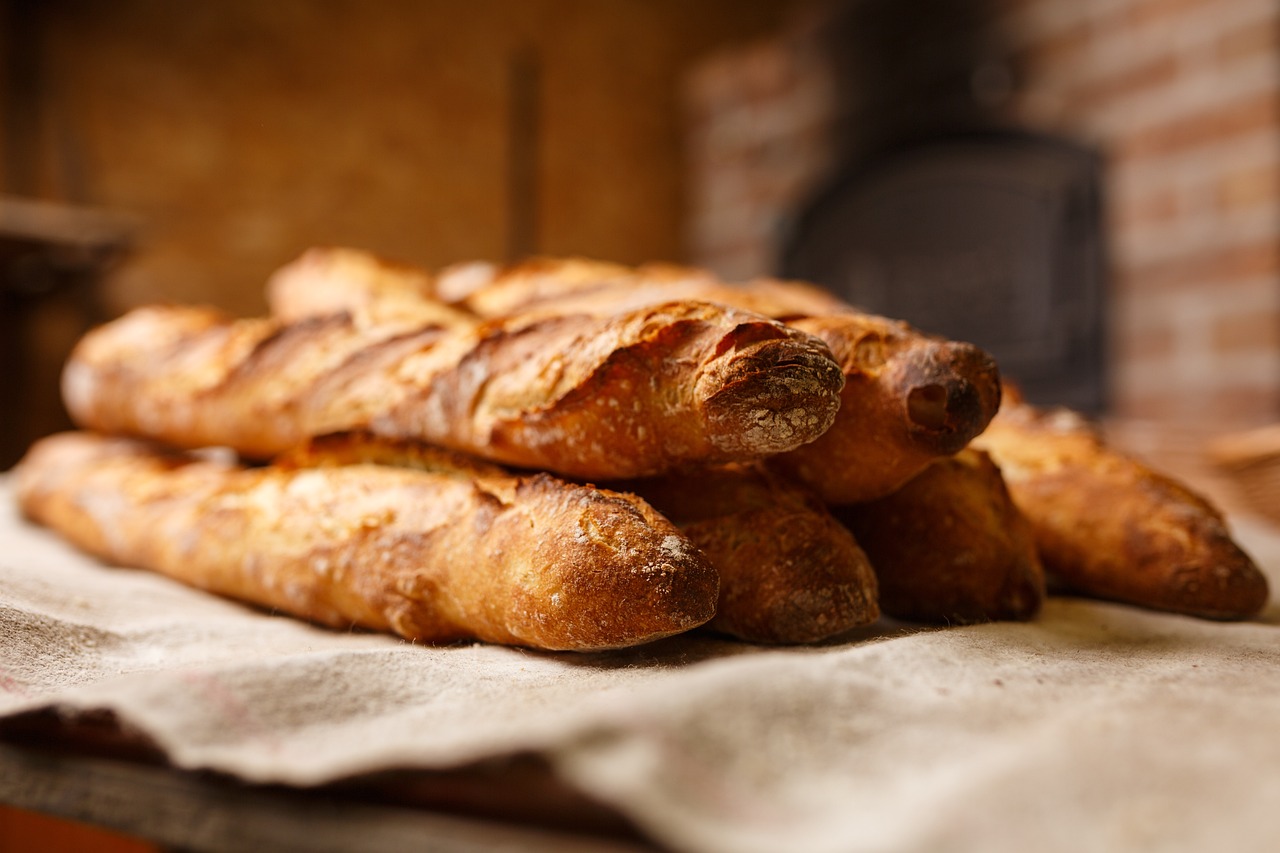
Materials Needed for Crafting
When diving into the vibrant world of safari-themed crafts, having the right materials at your fingertips can make all the difference. Imagine your little ones surrounded by a colorful array of supplies, ready to unleash their creativity! Crafting not only sparks imagination but also enhances fine motor skills. So, what do you need to kick off this crafting adventure? Let’s break it down.
First and foremost, you'll want to gather some basic art supplies. These essentials are the building blocks of any crafting project:
- Scissors: A good pair of safety scissors is crucial for cutting paper and other materials.
- Glue: Whether it’s glue sticks or liquid glue, this sticky substance will hold your creations together.
- Markers and Crayons: These colorful tools will help bring your safari animals to life with vibrant hues.
- Paint: Non-toxic paints can add a splash of color to your crafts, especially for nature-inspired projects.
- Paintbrushes: You'll need these to apply paint and unleash your artistic flair.
In addition to these basics, consider incorporating recyclable materials into your crafting arsenal. Not only does this save money, but it also teaches kids the importance of sustainability. Here are some recyclable items you can collect:
- Cardboard boxes: Perfect for creating safari vehicles or animal habitats.
- Paper plates: These versatile items can be transformed into adorable animal faces.
- Egg cartons: Great for crafting small animals or even as a base for a diorama.
- Plastic bottles: They can be repurposed into fun animal figures or used for planting.
Don’t forget about natural materials! Going on a nature walk can yield wonderful crafting supplies. Items like twigs, leaves, and stones can be used to create unique art pieces that reflect the beauty of the outdoors. Imagine using a leaf to create the texture of an animal's fur or twigs to build a mini safari scene!
To wrap it up, gathering these materials will set the stage for a successful crafting experience. With a mix of basic art supplies, recyclable items, and natural finds, your kids will be well-equipped to embark on their safari crafting adventures. So, let’s get crafting, and watch as their imaginations run wild!
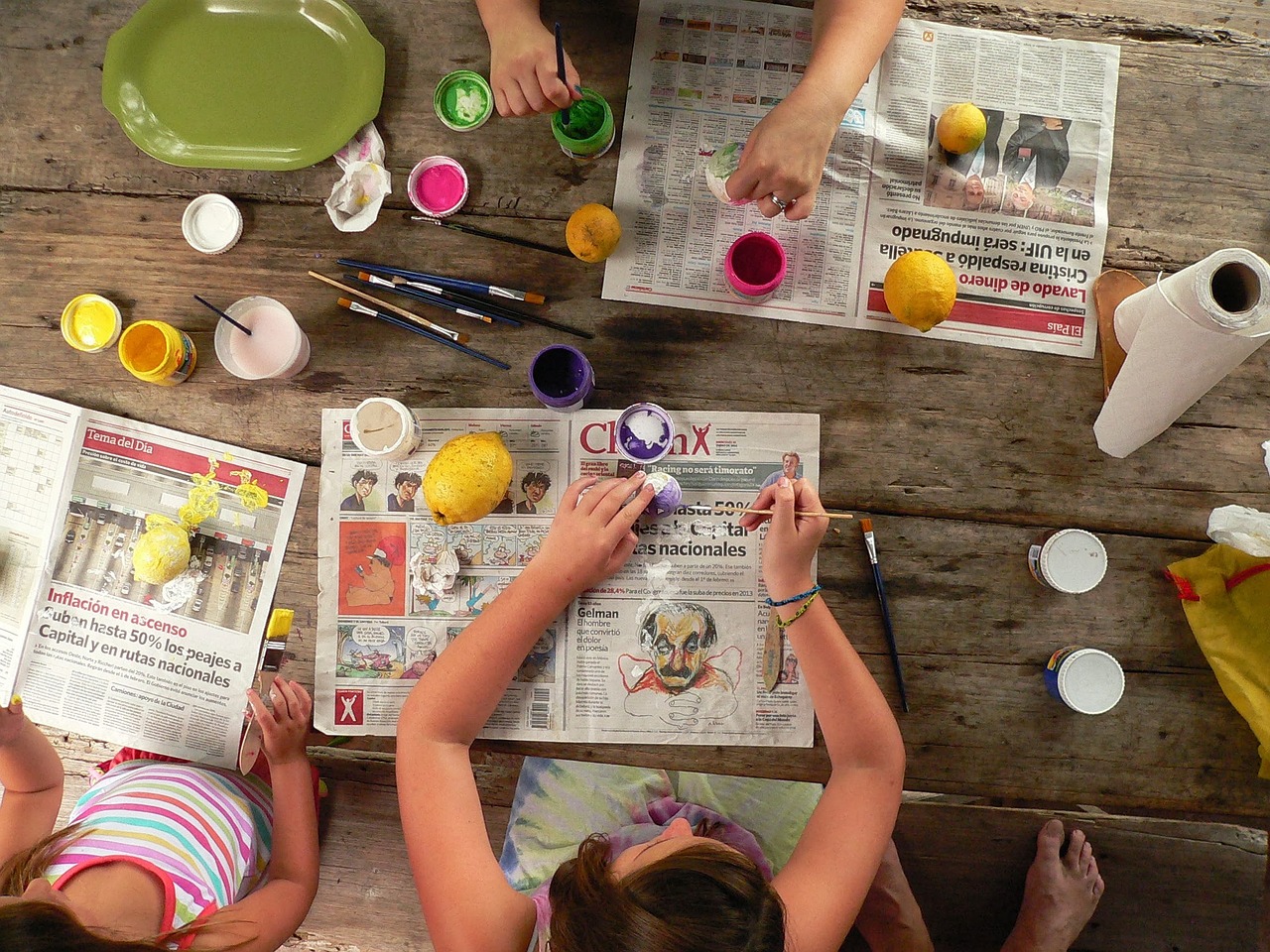
Recyclable Craft Ideas
When it comes to unleashing creativity, recyclable materials are a treasure trove waiting to be explored! Not only do they provide an opportunity for children to create fantastic safari-themed crafts, but they also instill important lessons about sustainability and resourcefulness. Imagine turning an everyday item, like a plastic bottle or an old cereal box, into a vibrant jungle creature or a roaring safari vehicle! The possibilities are endless, and the joy of crafting is multiplied when kids realize they can make something beautiful out of what others might consider trash.
One exciting project is to create animal figurines from empty toilet paper rolls. Kids can paint these rolls to resemble their favorite safari animals, such as lions, elephants, or giraffes. With just a few simple supplies—like paints, scissors, and googly eyes—they can transform these ordinary tubes into extraordinary wildlife. This not only sparks their imagination but also encourages them to think about how they can repurpose items around the house.
Another fun idea is to make animal habitats using cardboard boxes. Children can create mini ecosystems, complete with trees made from paper towel tubes, grass from green construction paper, and even water holes using blue cellophane. This project not only promotes creativity but also teaches kids about the natural environments that these animals inhabit. They can even host a little safari in their living room, showcasing their creations and sharing fun facts about each animal's habitat!
To make the crafting experience even more engaging, consider organizing a recycling craft day with friends or family. Everyone can bring their recyclable materials, and together, you can brainstorm creative ideas. This collaborative effort fosters teamwork and encourages children to learn from one another. Plus, it’s a great way to bond over shared creativity and laughter!
In addition to these projects, remember that the key to successful crafting is to let kids express themselves freely. Encourage them to add their unique flair to each project. Whether it’s using bright colors, funky patterns, or even incorporating other found objects, the goal is to have fun while learning about the importance of recycling. By engaging in these , children not only craft beautiful items but also develop a deeper appreciation for the environment around them.
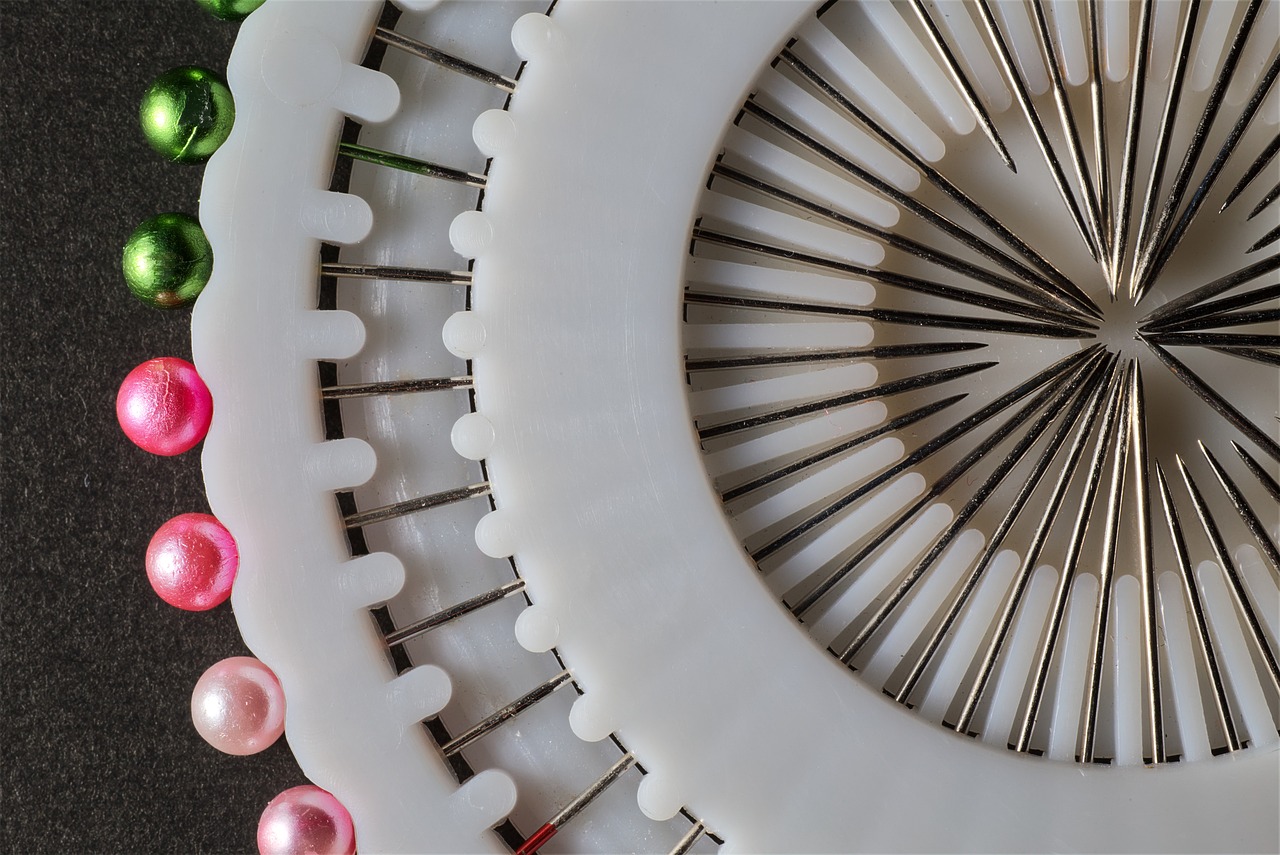
Paper Plate Animals
Transforming simple paper plates into adorable safari animals is not only a fun crafting activity but also a fantastic way to spark children's creativity! Imagine a world where a plate can turn into a roaring lion or a playful monkey with just a few supplies and a bit of imagination. This easy craft is perfect for young children and can be done in groups, making it an excellent choice for birthday parties, playdates, or classroom activities.
To get started, gather your materials. You'll need:
- Paper plates (the sturdy kind works best)
- Paints or markers in vibrant colors
- Craft glue
- Scissors
- Construction paper or colored paper
- Googly eyes for that extra touch of fun!
Once you have your supplies ready, the crafting process is simple and engaging. First, decide which animal you want to create. Let’s say you choose a lion. Start by painting the entire paper plate a bright yellow or golden color. While the paint dries, you can cut out a mane from construction paper—think of jagged edges to give it that wild look! Once the plate is dry, glue the mane around the edge of the plate. Add googly eyes and a cute nose cut from black paper, and voila! You have a stunning lion!
This activity not only allows children to express their artistic side but also teaches them about different animals and their habitats. You can encourage kids to share interesting facts about their chosen animal as they craft, turning this fun time into an educational experience. For instance, did you know that lions are known as the "king of the jungle" even though they actually live in grasslands and savannas?
Moreover, crafting with paper plates is an excellent way to enhance fine motor skills. As children cut, glue, and paint, they develop hand-eye coordination and dexterity. It's a win-win situation where they get to play, learn, and create all at once!
To keep the excitement going, you can challenge the kids to create a whole safari scene using different animals. Imagine a vibrant jungle filled with colorful paper plate animals! This not only fosters creativity but also encourages teamwork as children collaborate on their safari masterpieces.
In conclusion, creating paper plate animals is a simple yet effective way to engage children in crafting. It ignites their imagination, teaches them about wildlife, and provides a platform for artistic expression. So gather those paper plates and let the crafting adventures begin!
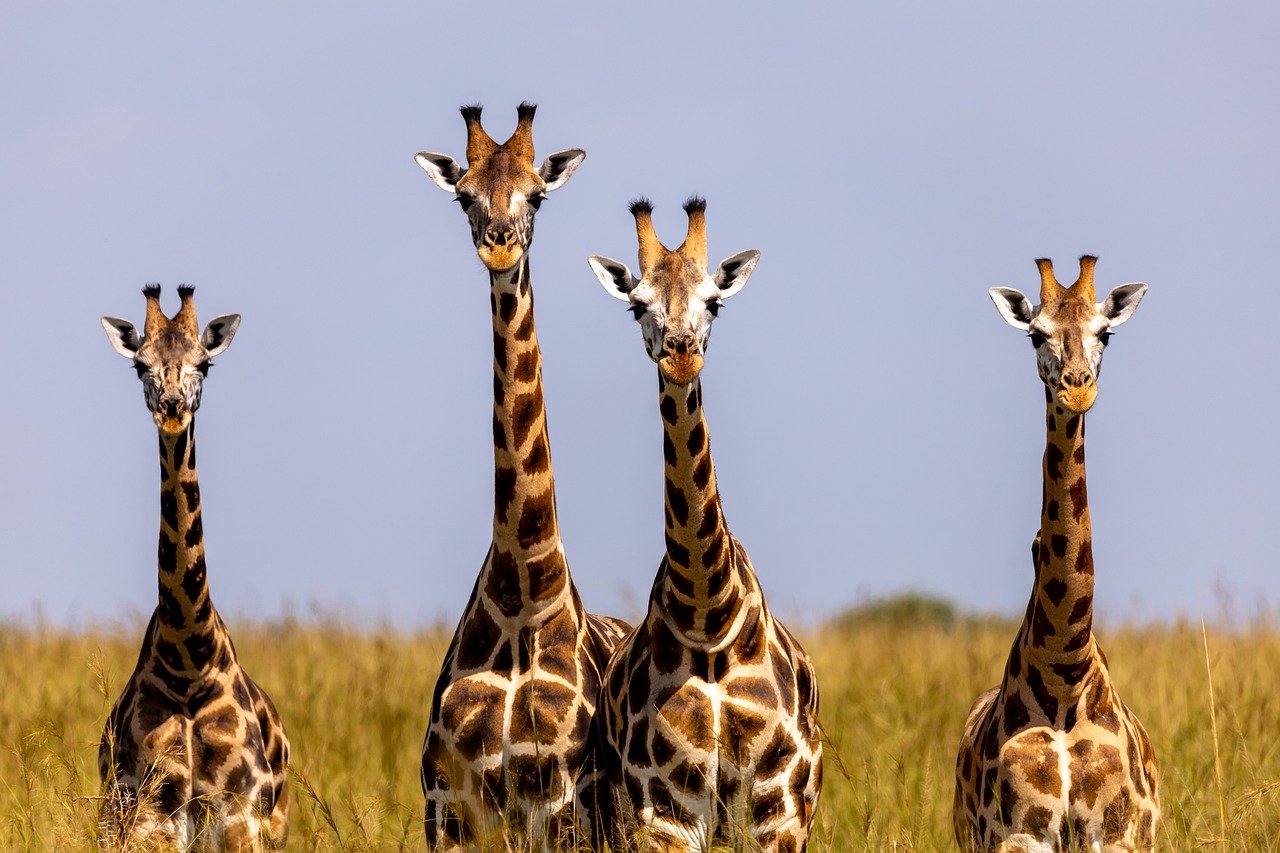
Cardboard Box Safari Vehicles
Who says you need fancy toys to have an adventure? With just a few cardboard boxes and a sprinkle of imagination, your kids can embark on thrilling safari journeys right from your living room! Crafting safari vehicles out of cardboard not only sparks creativity but also allows children to engage in imaginative play that mirrors the excitement of a real safari. Imagine your little ones driving their very own jeep, spotting lions and elephants as they navigate through the wild jungles of their imagination!
To get started, gather some large cardboard boxes. You can often find these at local grocery stores or online delivery services. Once you have your boxes, the fun begins! Start by cutting out windows and doors to create a realistic vehicle shape. Kids can help with this, encouraging them to use their fine motor skills while expressing their artistic flair. Let them paint the boxes in vibrant colors or cover them with stickers to personalize their safari ride. It's like having a blank canvas, and their creativity knows no bounds!
Next, consider adding some fun details to enhance the safari experience. You could attach wheels made from paper plates or bottle caps, or even create a roof using a smaller box. The goal is to make it as interactive as possible. For instance, you can include a dashboard made from cardboard cutouts, where kids can pretend to steer their vehicle while making engine noises. This kind of play not only entertains but also helps develop storytelling skills as they create narratives around their adventures.
To take it a step further, why not organize a safari expedition in your backyard or living room? Set up different stations with stuffed animals or pictures of safari wildlife. Kids can drive their cardboard vehicles from one station to another, stopping to "spot" animals along the way. This interactive play reinforces their learning about wildlife and enhances their understanding of the animal kingdom.
Finally, after the safari adventure is complete, encourage your children to share their experiences. They can draw pictures or write stories about their imaginary journey. This not only boosts their communication skills but also deepens their appreciation for wildlife and nature. In essence, crafting cardboard box safari vehicles is not just about creating a toy; it's about fostering a love for adventure, creativity, and learning!
- What materials do I need to create cardboard box safari vehicles? All you need are cardboard boxes, scissors, paint, and some creativity! You can also use additional materials like stickers or paper plates for wheels.
- Can this activity be done indoors? Absolutely! Cardboard box vehicles can be made and played with indoors, making it a perfect rainy-day activity.
- How can I make it more educational? Incorporate lessons about the animals they might see on a safari. You can discuss their habitats, diets, and behaviors while they play.
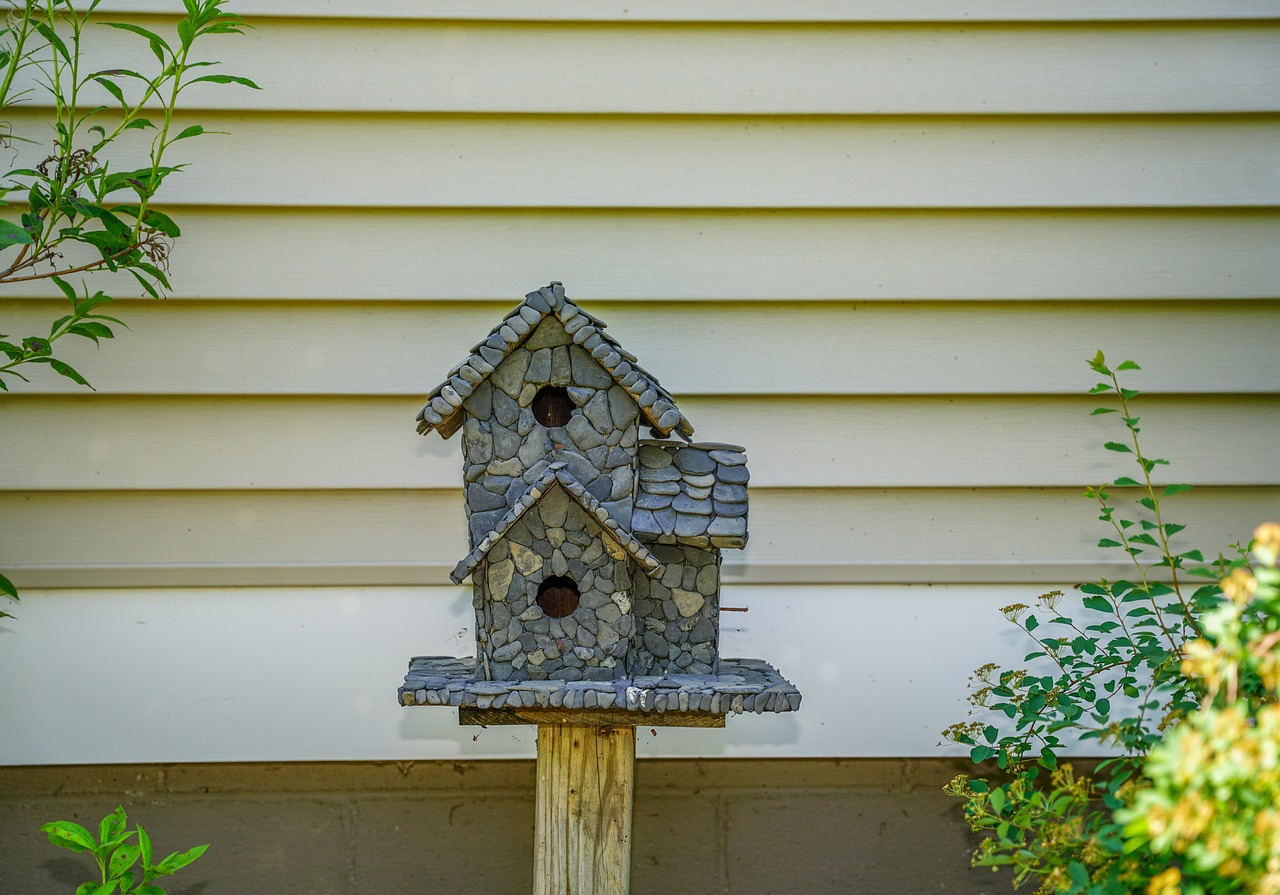
Nature-Inspired Crafts
Imagine stepping into the wild, where the air is filled with the sounds of rustling leaves and chirping birds. Nature-inspired crafts allow children to bring a piece of that wild adventure into their homes. By using materials found outdoors, kids not only engage their creativity but also develop a profound appreciation for the environment. These crafts serve as a bridge between children and nature, making learning about wildlife both fun and interactive.
For instance, collecting leaves, twigs, and stones during a nature walk can transform into a delightful crafting session. Kids can use these natural treasures to create stunning collages or sculptures. The process of gathering materials becomes a treasure hunt, where each item has a story to tell. Just think about how a simple leaf can morph into a vibrant butterfly or how a handful of pebbles can become the foundation of a miniature safari landscape! This hands-on approach not only enhances fine motor skills but also sparks curiosity about the natural world.
One exciting project is to create nature mandalas. Children can arrange leaves, flowers, and stones in circular patterns to form beautiful designs. This activity encourages mindfulness and patience, as they carefully select and place each natural item. Plus, it’s a wonderful way to discuss the different colors, shapes, and textures found in nature. Once completed, these mandalas can be displayed as art pieces that celebrate the beauty of the outdoors.
Another fantastic idea is to make nature prints. By using leaves or flowers dipped in paint, children can create stunning prints on paper. This technique not only introduces them to the concept of printmaking but also allows them to explore various colors and patterns. Imagine the joy on their faces when they see the unique shapes and designs they’ve crafted from nature’s palette!
Incorporating nature into crafting is also an excellent opportunity for children to learn about sustainability. By using items that are often discarded, such as fallen branches or dried flowers, kids can understand the importance of recycling and reusing materials. This not only fosters creativity but also instills a sense of responsibility towards the environment.
To wrap it up, nature-inspired crafts are a gateway for children to explore their creativity while fostering a connection with the environment. They learn to appreciate the beauty around them, all while having a blast creating art. So, the next time you're out in nature, don’t forget to collect some treasures for your crafting adventure!
- What materials can we use for nature-inspired crafts? You can use leaves, twigs, stones, flowers, and even soil! Just make sure they are safe and non-toxic.
- How do nature crafts help children learn? These activities enhance creativity, improve fine motor skills, and teach kids about sustainability and the importance of nature.
- Can we do nature crafts indoors? Absolutely! You can bring your collected materials indoors to create beautiful art pieces.
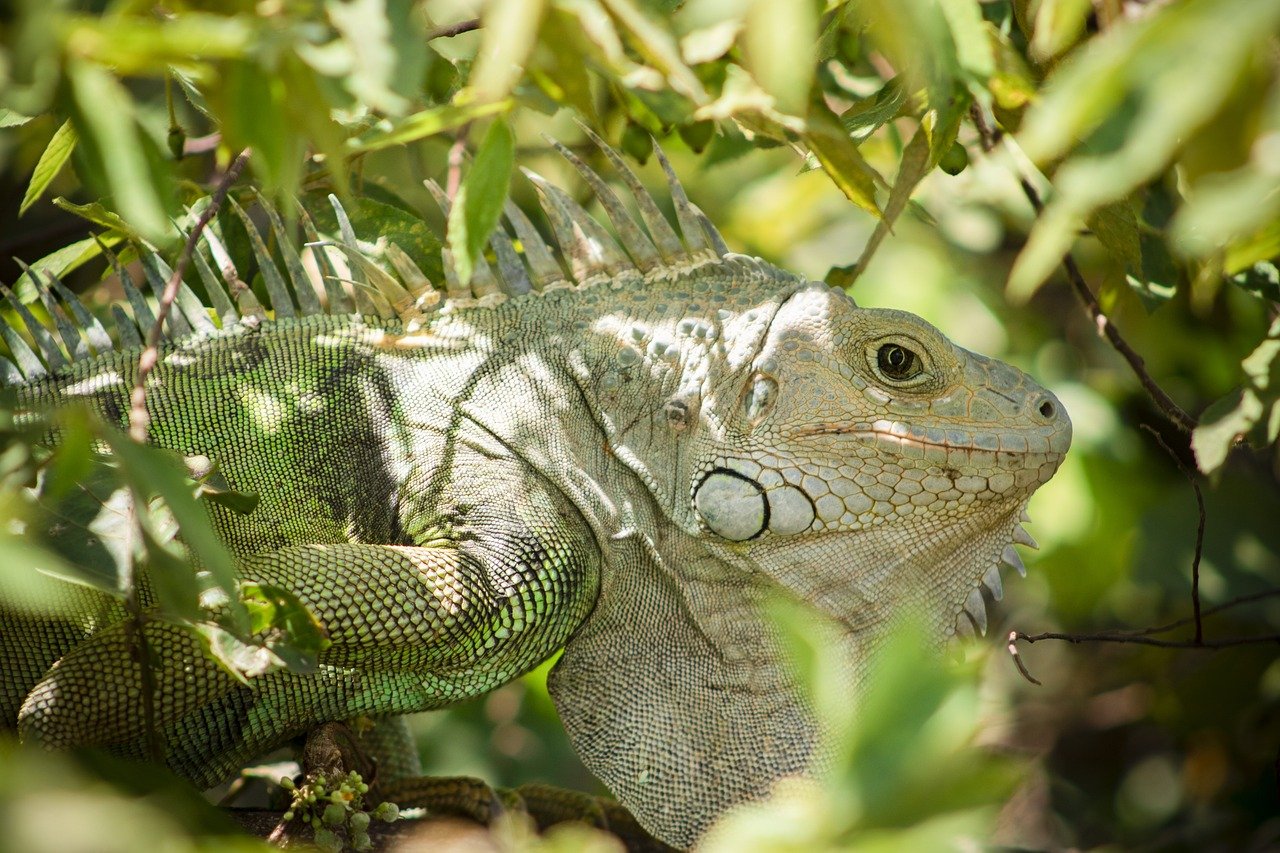
Animal Masks for Role Play
Creating animal masks is a fantastic way for kids to dive headfirst into the thrilling world of a safari. Imagine your little ones transforming into their favorite animals, whether it's a roaring lion or a playful monkey, as they embark on imaginative adventures right in your living room! Not only does this activity spark creativity, but it also encourages role play, which is vital for social development. Kids learn to express themselves and understand different perspectives through the characters they embody.
To get started, you can use simple materials that you likely have at home. Cardstock, old magazines, or even paper bags can serve as the foundation for these masks. The process is not just about crafting; it's an exciting journey where children can explore their artistic talents. They can choose colors, patterns, and textures that best represent their chosen animal. This freedom not only fosters creativity but also helps them learn about the unique characteristics of each animal they are portraying.
Here’s a quick overview of the steps involved in making these delightful animal masks:
- Choose Your Animal: Let your child pick an animal they love or are curious about. This choice can lead to a fun discussion about the animal's habitat, diet, and behavior.
- Gather Materials: Collect items such as paper plates, colored paper, scissors, glue, and any decorative items like feathers or glitter.
- Create the Mask: Start by cutting out the shape of the animal’s face from the paper plate or cardstock. Kids can then decorate it with colors and textures that match their animal.
- Add Straps: To wear the mask comfortably, attach elastic bands or strings to the sides. This way, they can easily slip it on for their role-playing adventures.
For those looking to take it a step further, consider incorporating paper mache techniques to create more detailed and three-dimensional masks. This method involves layering strips of paper soaked in glue or flour paste over a balloon or a mold. Once dried, the mask can be painted and decorated, resulting in a stunning piece of art that your child can wear proudly.
Additionally, don’t underestimate the power of colors and patterns in this creative endeavor. Encourage your children to think about how their chosen animal is colored in nature. For instance, a zebra's black and white stripes or a parrot's vibrant hues can inspire them to experiment with different designs. This not only enhances their artistic skills but also teaches them about animal adaptations and the importance of camouflage in the wild.
In conclusion, crafting animal masks offers a multitude of benefits beyond just fun. It’s an engaging way to learn about wildlife while developing fine motor skills, creativity, and social interaction. So, gather your materials, unleash your imagination, and let the safari adventures begin!
Q: What age group is suitable for making animal masks?
A: Animal masks can be made by children of various ages. Younger kids may need more assistance, while older children can enjoy the process independently.
Q: Can we use recycled materials for the masks?
A: Absolutely! Recycled materials like cardboard, old magazines, or plastic bottles can add unique textures and elements to the masks.
Q: How long does it take to make these masks?
A: The time can vary depending on the complexity of the mask and the child's age. Generally, it can take anywhere from 30 minutes to a couple of hours.
Q: Are there any safety concerns with using scissors?
A: Yes, ensure that children use safety scissors, especially if they are very young. Always supervise the crafting process to prevent any accidents.

Using Paper Mache
Creating animal masks using paper mache is an exciting and engaging activity that allows children to dive deep into the world of crafting while exploring their creative potential. This hands-on technique not only results in stunning visual pieces but also teaches kids the value of patience and persistence. Imagine transforming a simple balloon into a fierce lion or a playful monkey! The process of layering strips of paper soaked in glue and water is like building a fortress of creativity, where each layer adds strength and character to the final masterpiece.
To begin, gather your materials. You'll need some basic items, which can often be found around the house. Here’s a quick list of what you’ll need:
- Newspaper or any scrap paper
- Flour and water (for the glue mixture)
- A balloon or a base form (like a plastic bowl)
- Paints and brushes for decorating
- Optional: googly eyes, feathers, or other embellishments
Once the base is ready, children can let their imaginations run wild! They can create masks of their favorite safari animals—think elephants, zebras, or even the majestic giraffe. The beauty of paper mache is that it allows for endless creativity; kids can choose to paint their masks in realistic colors or go for a more whimsical approach with bright, bold patterns. This is where the artistic side of crafting shines, encouraging them to experiment with color and design.
After the masks have dried completely, which may take a day or two depending on the humidity, it’s time for the fun part—decorating! Children can use vibrant paints to bring their animal masks to life. They can add patterns, spots, or stripes, making each mask unique. This is not just about aesthetics; it’s a wonderful opportunity for kids to learn about the different patterns and colors of animals in the wild. For example, why do zebras have stripes? What makes a leopard’s spots so special? These questions can lead to fascinating discussions about wildlife and their habitats.
In conclusion, using paper mache to create animal masks is more than just a fun craft; it’s a gateway to learning and exploration. As children engage in this activity, they develop fine motor skills, enhance their creativity, and foster a deeper appreciation for the natural world. So, roll up those sleeves, get messy, and let the crafting adventures begin!

Decorating with Colors
When it comes to crafting animal masks, color is your best friend! Imagine a vibrant lion with a golden mane or a playful monkey adorned with splashes of green and brown. The beauty of animal masks lies not only in their shapes but also in the colors that bring them to life. Encouraging kids to explore different colors and patterns can turn a simple craft into a spectacular masterpiece. But how do you choose the right colors? Well, let’s dive into the world of hues and shades!
First, it’s essential to understand that colors can evoke different emotions and represent various traits of animals. For example, bright colors like yellow and orange can signify a cheerful and friendly animal, while darker shades like black and brown might represent strength or mystery. You can even have a conversation with the kids about their favorite safari animals and what colors they associate with them. This not only enhances their understanding but also sparks their imagination.
To make the crafting experience even more engaging, consider introducing a color wheel to the kids. This tool can help them see how different colors complement each other. You can create a simple color wheel using a paper plate and some markers. Divide the plate into sections, each painted a different color, and let the kids explore color combinations. Here’s a quick guide to using the color wheel:
| Primary Colors | Secondary Colors | Complementary Colors |
|---|---|---|
| Red | Orange | Green |
| Blue | Purple | Yellow |
| Yellow | Green | Red |
Once the kids have a grasp on colors, it’s time to unleash their creativity! Encourage them to think outside the box. For instance, a zebra doesn't always have to be black and white. Why not let them experiment with blue and pink stripes? This is a fantastic way to promote creativity and individuality. You can also introduce patterns, such as spots for a cheetah or stripes for a tiger, allowing them to express their artistic flair.
Additionally, using materials like glitter, sequins, or even feathers can add a fun twist to the decorating process. These elements can enhance the visual appeal of the masks and make them truly unique. As they decorate, remind the kids that there are no wrong choices in art; every creation is a reflection of their imagination. This mindset not only boosts their confidence but also encourages them to embrace their artistic journey.
Finally, after the masks are complete, consider hosting a mini “safari parade” where kids can showcase their colorful creations. This event could be a fun way for them to share their work with friends and family, fostering a sense of pride in their artistic accomplishments. So, gather those paintbrushes and unleash the colors of the wild!
- What materials do I need for decorating animal masks? You will need paints, brushes, markers, glitter, sequins, feathers, and any other decorative items you can find!
- Can I use recycled materials for the masks? Absolutely! Recycled materials can add texture and uniqueness to the masks.
- How can I help my child choose colors for their mask? Discuss the traits of their favorite animals and explore a color wheel together to inspire their choices.
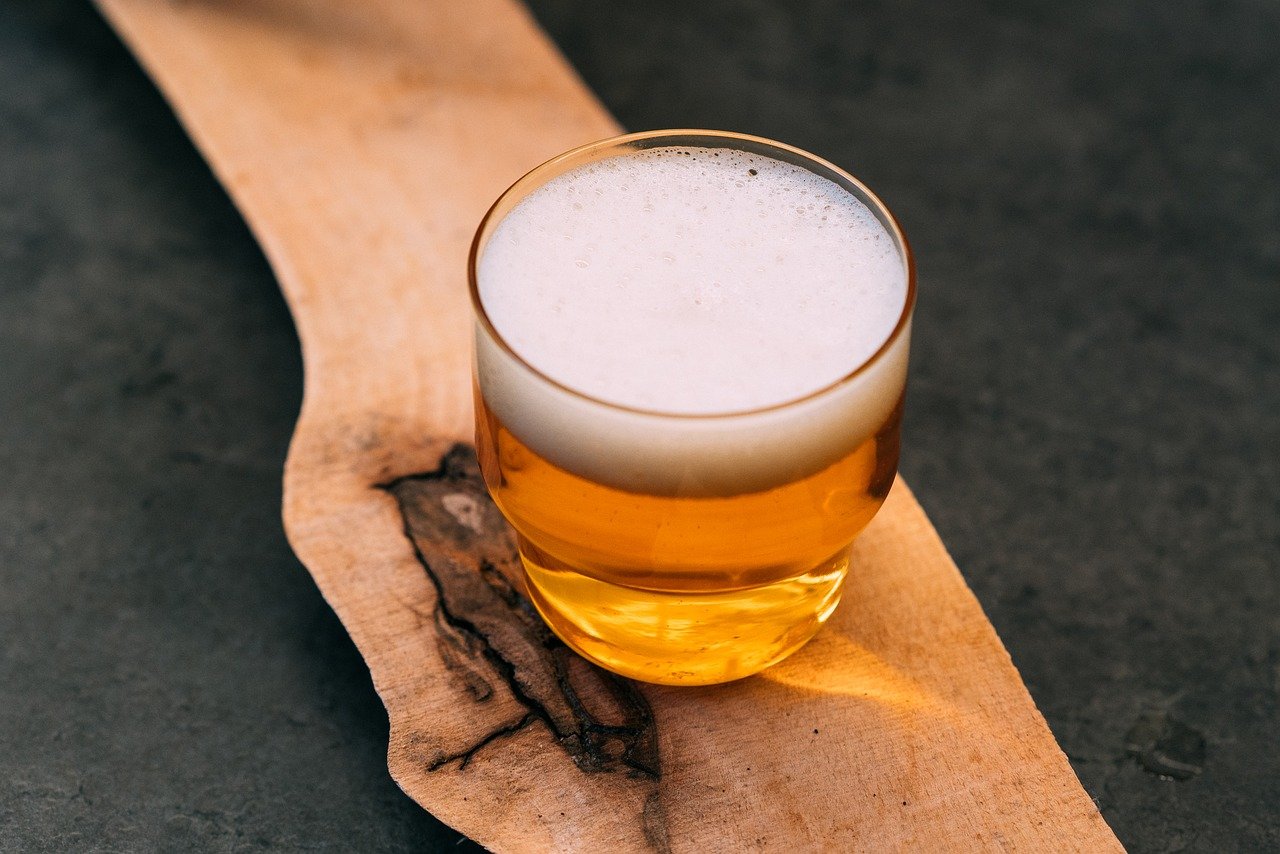
Conclusion: Crafting and Learning
As we wrap up our exciting journey through the world of safari-themed crafting, it's clear that these activities are more than just fun; they are a gateway to learning and exploration. When children engage in crafting, they not only unleash their creativity but also develop essential skills that will serve them well throughout their lives. From fine motor skills to problem-solving abilities, crafting provides a hands-on approach to learning that is both effective and enjoyable.
Moreover, these animal crafting adventures encourage a deeper understanding of wildlife and the importance of conservation. By creating their own safari animals, kids can connect with nature in a personal way. They learn about different species, their habitats, and the role each animal plays in the ecosystem. This connection fosters a sense of responsibility and respect for the environment, which is crucial as we face global challenges related to wildlife preservation.
In addition, crafting promotes social interaction when done in groups. Whether it's a classroom setting or a playdate with friends, working together on projects can enhance communication skills and teamwork. Children learn to share ideas, collaborate on designs, and celebrate each other's creativity. It's a beautiful reminder that art can bring people together, much like a real safari brings together diverse wildlife in harmony.
So, gather your materials, unleash your imagination, and embark on a crafting adventure that celebrates the wonders of the animal kingdom. Remember, every piece of art created is a step towards understanding and appreciating the world around us. Let the crafting continue beyond the safari theme, inspiring kids to explore new projects and express themselves creatively!
- What age is appropriate for safari-themed crafts? Safari-themed crafts can be enjoyed by children of all ages, though some projects may need adult supervision for younger kids.
- What materials are best for eco-friendly crafting? Recyclable materials like cardboard, paper, and natural items like leaves and twigs are excellent for eco-friendly crafting.
- How can I encourage my child to learn more about wildlife? Incorporate books, documentaries, and visits to zoos or wildlife parks alongside crafting to enrich their understanding of wildlife.
- Can crafting be a solo activity? Absolutely! While crafting can be a social activity, many children enjoy the focus and creativity that comes with solo crafting.
- Are there any online resources for safari crafts? Yes! Many websites and platforms offer tutorials and ideas for safari-themed crafts that can inspire your next project.
Frequently Asked Questions
- What age group is suitable for safari-themed crafting activities?
Safari-themed crafting activities are perfect for children aged 3 to 12 years. Younger kids can enjoy simpler projects, while older children can tackle more complex crafts that challenge their creativity and fine motor skills.
- What materials do I need for these crafts?
You’ll need a variety of materials, including recyclable items like cardboard boxes, paper plates, and plastic bottles, as well as basic art supplies such as glue, scissors, paint, and markers. The more creative you get with your materials, the more fun the projects will be!
- Can I use natural materials for crafting?
Absolutely! Incorporating natural materials like leaves, twigs, and stones can enhance the crafting experience. It allows children to connect with nature and learn about the environment while creating unique art pieces inspired by their safari adventures.
- Are there any safety tips I should follow while crafting with kids?
Safety first! Always supervise young children when using scissors and other sharp tools. Make sure to use non-toxic materials and keep small items out of reach to prevent choking hazards. Creating a safe and fun crafting environment is key!
- How can crafting help my child learn about animals?
Crafting activities centered around animals can spark curiosity and promote learning. As children create their favorite safari animals, they can discuss their habitats, behaviors, and conservation efforts, fostering a deeper understanding and appreciation of wildlife.
- What are some easy animal mask ideas for role play?
Some easy animal mask ideas include lions, elephants, and zebras. You can find templates online or create your own using paper plates and craft supplies. Encourage kids to decorate their masks with bright colors and patterns to bring their favorite safari animals to life!
- Can these crafting activities be done in groups?
Definitely! Safari crafting activities are fantastic for group settings, such as classrooms or birthday parties. They encourage teamwork, sharing ideas, and collaborative creativity, making the crafting experience even more enjoyable for everyone involved.



















